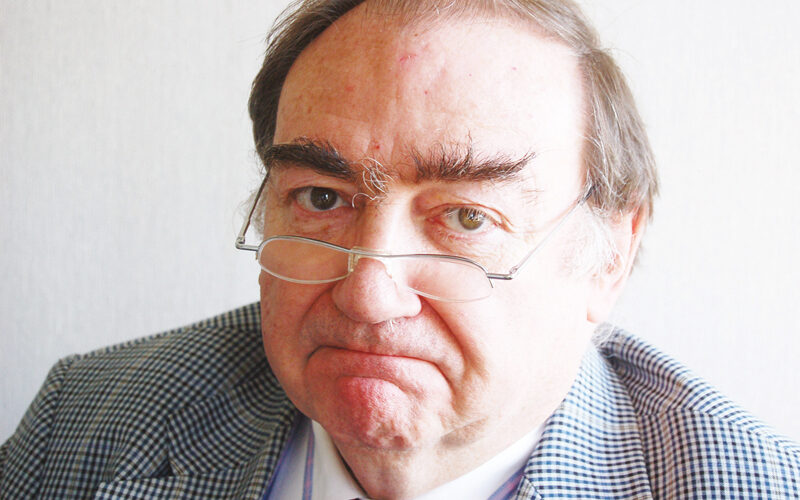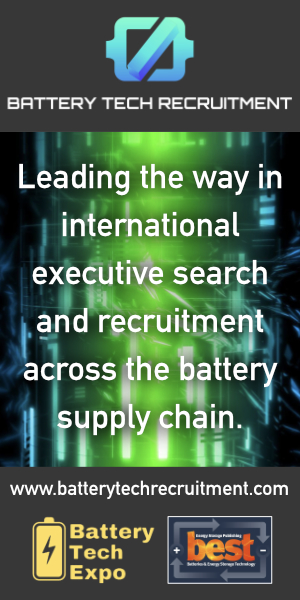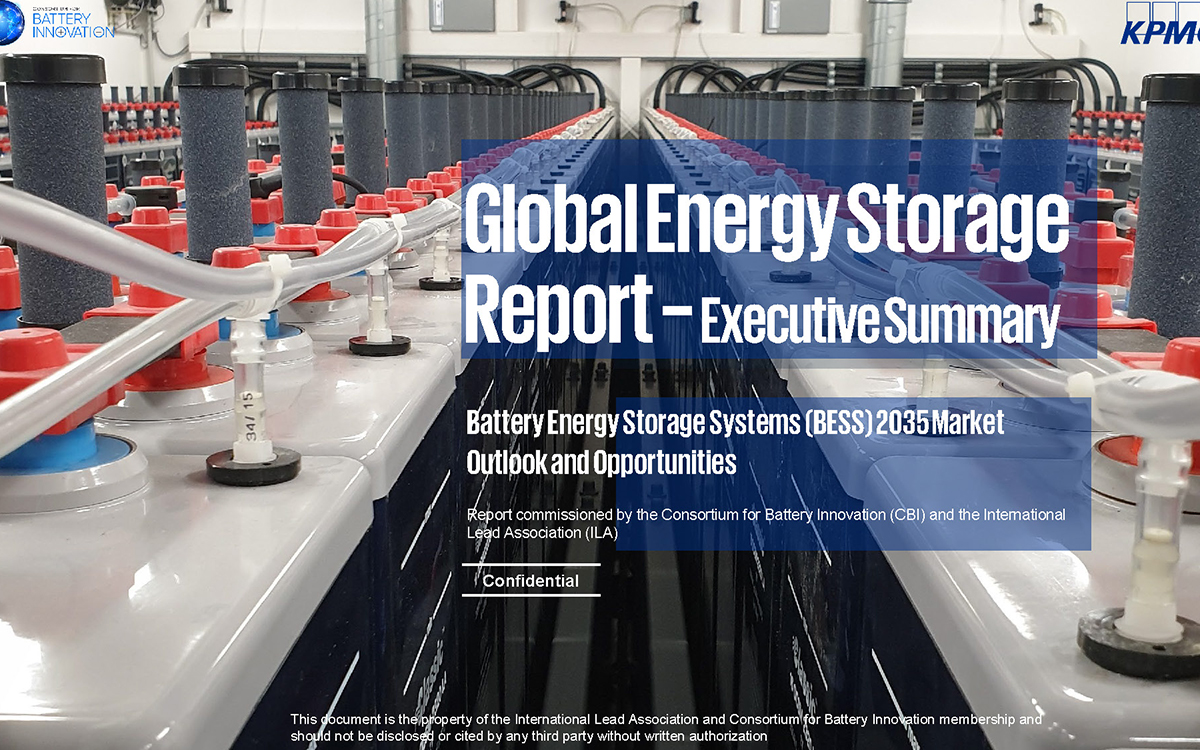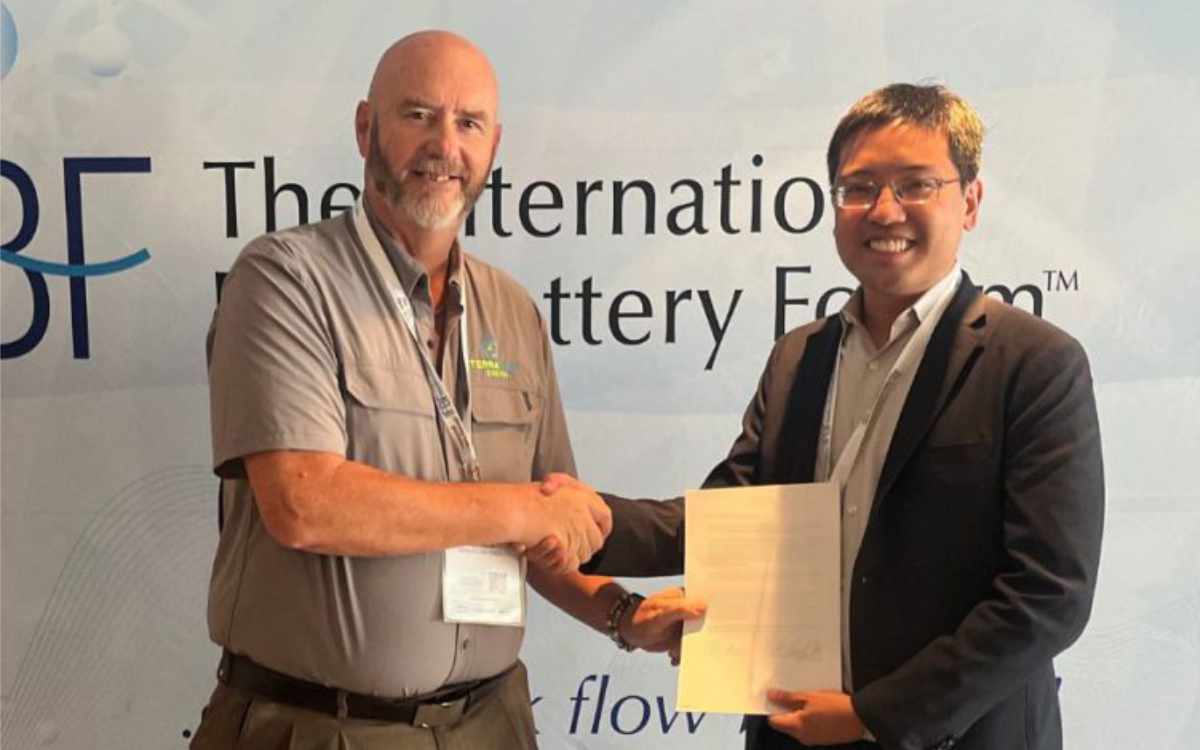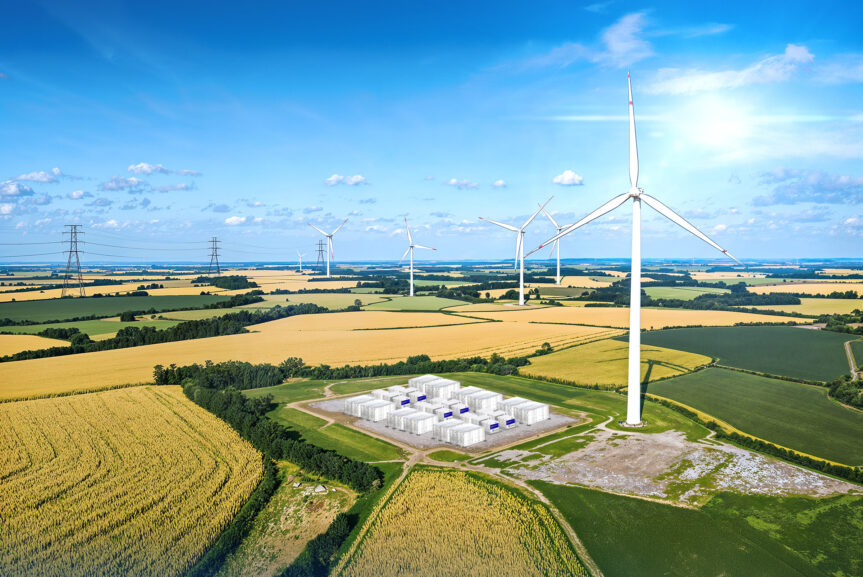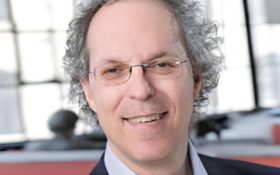Barry Lawson of Axeon Power on the perils of sourcing your batteries in China.
Attracted largely by the country's low manufacturing costs, nearly everyone, no matter the industry, seems to be sourcing their products from China these days. Ever since Communist Party Chairman Deng Xiaoping's visit to Shenzhen in 1984, when he gave the seal of approval to capitalism with his exhortation 'To get rich is glorious', China's economy has boomed. Recent years have seen average annual growth rates of 10%. But that figure, while notable, is misleading. The China's rural economy, having . . .
to continue reading this article...
Sign up to any Premium subscription to continue reading
To read this article, and get access to all the Premium content on bestmag.co.uk, sign up for a Premium subscription.
view subscription optionsAlready Subscribed? Log In

